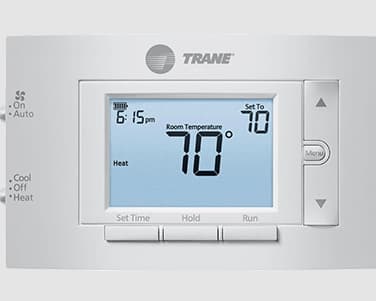A recent report by Bloomberg New Energy Finance analysts reveals plug-in electric vehicle sales will triple by 2025. The same report says that fully battery-powered cars will account for 75% of plug-ins in 2025, according to CNN news. Many countries are encouraging consumers to adopt electrified mobility as part of a collective effort to minimize emissions. To ensure the EV market grows and adapts to the needs of consumers, continued tech innovation is vital.
It’s important that future car tech must strive to improve efficiency, longevity, and greener production process. Innovative design will also be essential in winning the interest of millions of consumers. To prepare for an agile and responsive market, manufacturers are integrating technologies in EVs. Keep reading to learn some of the latest electric vehicle tech innovations.
Advanced Battery Technology
Since their introduction, EVs have been relying on lithium-ion batteries. But demand for longer range, lower sticker prices, and less range degradation has forced manufacturers to seek alternative battery technologies. New EV battery technologies are solid-state batteries, sila nanotechnology, and sodium-ion batteries. These batteries will boost the adoption of electric mobility, as they can regulate battery temperature and reduce battery degradation. Advanced battery technology in EVs also guarantees fast charging and greater energy density.
Hi-tech EV Charging Infrastructure
Range anxiety and a lack of accessible charging infrastructure have been key barriers to the widespread adoption of EVs. However, the future of electrified mobility looks promising, thanks to advancements in electric vehicle charging infrastructures. Currently, EV charging systems range from level 1 to level 3 chargers and are available for private and public places.
Typically, level 1 chargers are slow while level 3 charging stations are fast, as they replenish 80% of a car’s battery within 30 minutes. The latest electric vehicle charging infrastructure includes wireless charging, ultra-fast chargers, pop-up pavement chargers, and vehicle to grid or bi-directional charging.
Improved Electric Motor Technologies
Like batteries and power electronics, the electric motor is an essential component in the drivetrain. Over the years, the design, performance, and materials used in electric motors have changed significantly. Note that these are not incremental improvements, but tech developments. The latest tech innovations in electric motors include axial flux rotors, permanent magnet drives, trapezoidal radial flux, switched reluctance motors, and square wire windings. Each of these developments helps improve driving dynamics, enhanced EV range, and energy efficiency, meaning less energy stored in the battery is wasted.
Countries worldwide are shifting to electric vehicles to reach net-zero emissions by 2030. And while sales of EVs are high, people have yet to fully embrace electric cars. To ensure more consumers transition to e-mobility, EV makers are leveraging advanced battery technologies like sila nanotechnology, sodium-ion batteries, and solid-state batteries. Improved charging infrastructure and electric motor technology are also key to reducing range anxiety, boosting battery efficiency, and enhancing driving dynamics.



